Copyright 2021 Evolution Reptiles
All rights reserved.
Copyright 2025 Evolution Reptiles
All rights reserved.
All rights reserved.
(Various species)
There are so many different species of praying mantis that some are, obviously, more difficult to cater for than others. However, once you know what to do with them they are not hard to maintain and even breed, so we are seeing more of these difficult species than ever before.
With advances in the technology we use to heat and light our enclosures, and the different materials now available, more species than ever before can be catered to without too much difficulty. With that in mind, here are a few more care guides on more advanced species.
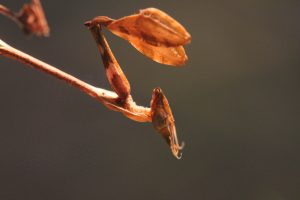
These are an impressive species of large mantis. In order to produce the temperatures they require, it’s best to use overhead heat from a mini halogen or deep heat projector/ceramic heater on a thermostat, which also has the side benefit of keeping humidity low. They appreciate humidity under 40%, but as long as it doesn’t go too much higher they can tolerate it. It’s a good idea to put mesh on the sides of their enclosure to ensure good cross ventilation. It also helps them to move around their enclosure, as they cannot climb glass.
Unlike most forest species, these mantis do not need to be sprayed until they are sub-adult to adult, and then they should be only sprayed lightly every 2 – 3 days.
These mantis can be housed communally.
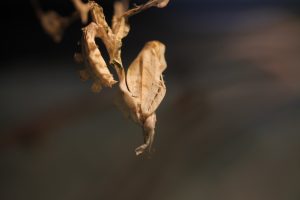
Care for the Devil’s Flower mantis is essentially the same as for the wandering violin. Keep dry and hot until sub-adult, and even then mist lightly and infrequently. Make very sure that their housing is tall (60cm for adults) and well ventilated, and remember that they cannot climb glass, and seem to become distressed if they cannot climb the walls. It’s worth making sure that they have plenty of walkways, or even attaching mesh to the inside of a glass walled enclosure to keep them happy.
These mantis can be housed communally, although adult females in particular should be kept well fed.
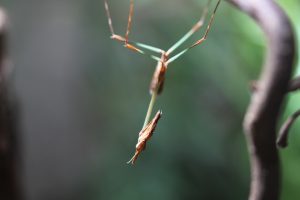
Another species that likes it hot and dry, prefers flying prey and cannot climb smooth vertical surfaces. Can be kept communally, but must be kept very well fed and given plenty of space.
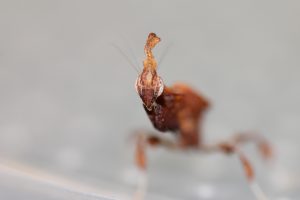
The ghost likes a higher humidity of 60 – 90%, and can be sprayed daily.
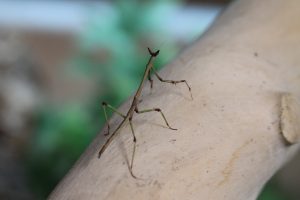
They like a humidity of 30% or slightly above, and can be sprayed twice weekly in order to allow them to drink. The enclosure should not be soaked, just misted lightly enough to allow droplets of water to form on the decor. This species cannot climb glass, so plenty of twigs and leaves should be provided to allow it to climb. Failing that, mesh should be glued to the interior of a glass habitat, or a mesh tent (such as is used for butterflies) should be used.
Copyright 2021 Evolution Reptiles
All rights reserved.